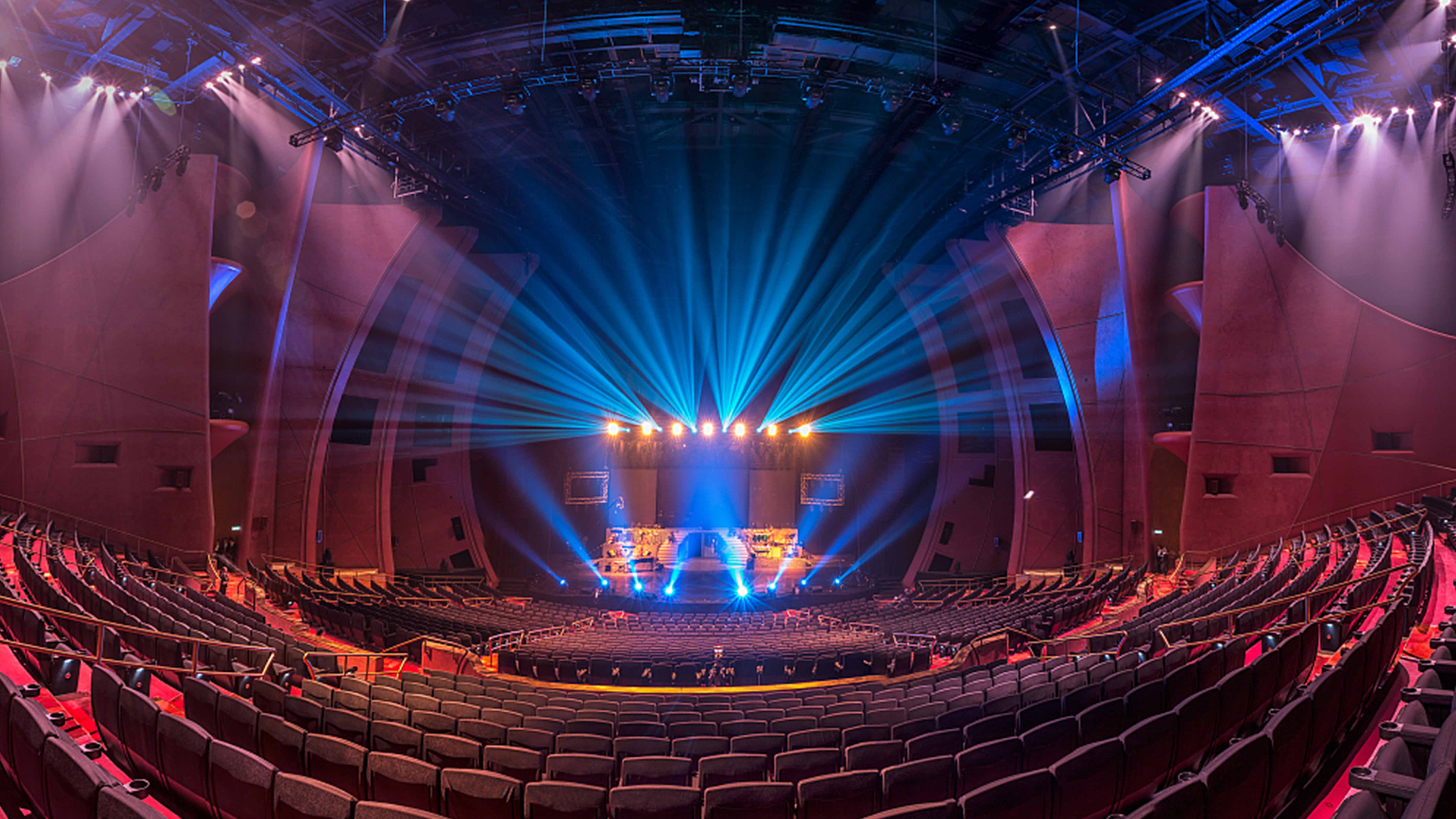04:15

Stand-up comedy is not a traditional Chinese art form, but it's become increasingly popular among China's young. The trend also means it's caught the eye of investors, although the emerging industry also faces challenges.
Jesse Appell, founder of the U.S.-China Comedy Center, said in 2012 in China nobody knew what stand-up comedy really was, and the performers had no experience.
But with online shows, such as 80's Talk Show, Rock and Roast (known as "脱口秀大会") and Roast! (known as "吐槽大会"), gaining popularity, audiences started embracing stand-up comedy.
"It's amazing how fast it's growing in China," Appell said.
03:18

A comedy studio named The Owl Comedy in Shanghai has six full-time writers and comedians. The founder, Shi Yan, is a famous stand-up performer with more than one million followers on Weibo, and he's happy to admit that becoming a successful comedian is no laughing matter.
"It's easy to start. You just stand up on the stage and start to tell jokes and no one would say you're not a stand-up comic. The threshold isn't very high. But when you're a stand-up comedian you're just standing there and telling jokes – there's nothing to help you. So while the threshold is low, the ceiling is high," Shi said.
Bigger audiences could be just what the business needs. Shi Yan said crowds could provide the support for new performers' professional training. And it turns out there is potential financial backing.
The Boxx is an entertainment space which has seen the emergence of several well-known comedy firms such as Xiaoguo Culture Media Co., Ltd, the company behind two popular stand-up comedy shows.
Last year Xiaoguo Culture finished its B-round of financing, raising the company's valuation to three billion yuan (440 million U.S. dollars).
There are many factors behind the boom in stand-up, the Boxx's co-founder Huang Wei said.
"It takes a long time to train as a comedian, but there really has been an explosion in terms of the audiences – that's really down to the younger audiences, people between 25 and 30. It all started to get popular three years ago, and really took off last year – this year they're all over the place," Huang said.
(Chen Tong contributed to this story.)